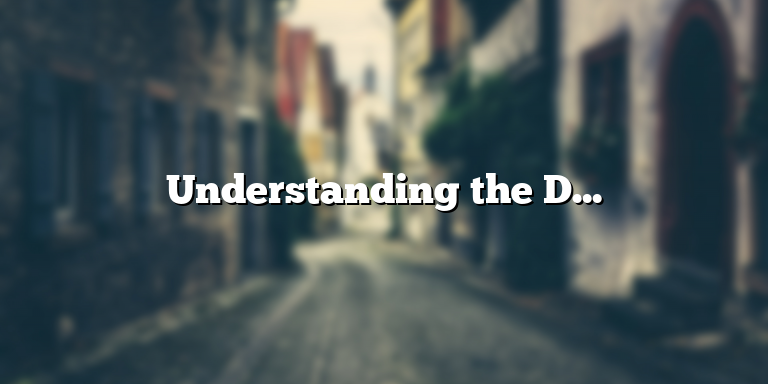
What Is Errors & Omissions Insurance?
Errors & Omissions Insurance (E&O), also known as Professional Liability Insurance, provides essential financial protection for professionals, businesses, and organizations offering services. This insurance covers legal claims made by clients who believe they suffered losses due to a professional’s mistakes, negligence, or failure to act.
E&O insurance is relevant across many industries, including law, accounting, architecture, healthcare, finance, and IT consulting. Essentially, any professional who offers advice, consultancy, or specialized services can benefit from this coverage.
The policy helps pay for legal defense costs, settlements, or judgments if a lawsuit arises. Therefore, having E&O insurance is crucial for professionals whose work could result in financial or reputational harm if errors occur.
Why Do You Need Errors & Omissions Insurance?
Even skilled professionals can make mistakes. A simple oversight or miscommunication can lead to costly lawsuits and reputational damage. That’s why having E&O insurance is vital — it safeguards your business and personal finances from legal claims.
For example, if a financial adviser gives incorrect investment advice that leads to client losses, the adviser could face a lawsuit. Without E&O insurance, they must pay defense costs and damages out of pocket. This can be devastating, especially for small firms.
With E&O insurance, professionals can focus on their work knowing they are protected. Moreover, this coverage increases client confidence since it shows responsibility and preparedness in case of unexpected issues.
How Does Errors & Omissions Insurance Work?
The process begins when a business or professional purchases an E&O insurance policy. Each policy has a limit of liability, which is the maximum amount the insurer will pay for a claim. Policyholders must also pay a deductible before coverage applies.
When a claim is filed, the insured must notify their insurance company immediately. The insurer assigns a claims adjuster who manages the case, including legal defense and settlement negotiations. If the case goes to court, the insurer covers defense costs and damages up to the policy’s limit.
However, it’s important to read the policy carefully. Each insurer defines coverage differently, and some exclusions may apply, such as intentional wrongdoing or fraud.
Who Needs Errors & Omissions Insurance?
Any professional offering specialized advice or services should have E&O insurance. This includes, but is not limited to:
- Lawyers and Attorneys – Required in most states to protect against malpractice claims.
- Accountants – Covers errors in tax preparation, auditing, or financial advice.
- Consultants and Advisors – Protects against financial losses from poor recommendations.
- Real Estate Agents – Covers mistakes in property transactions.
- Insurance Brokers – Protects against errors in policy handling or coverage advice.
Ultimately, if your profession involves giving advice or managing client projects, you need this insurance to safeguard your career and reputation.
What Does Errors & Omissions Insurance Cover?
E&O insurance typically covers:
- Legal defense costs and attorney fees
- Settlements and court judgments
- Claims of negligence, errors, or omissions in services
It’s essential to note that this insurance does not cover intentional misconduct, criminal activity, or general business risks. Therefore, reviewing the policy’s exclusions ensures you understand your protection limits.
For example, if a consultant gives faulty advice leading to client losses, E&O insurance can cover the legal costs even if the claim is later dismissed. This makes the coverage a vital risk management tool.
Common Claims Covered by E&O Insurance
Some common claims include:
- Breach of Contract – Failure to deliver services as promised.
- Misrepresentation – Providing false or misleading information.
- Negligence – Failing to exercise reasonable professional care.
- Copyright Infringement – Using protected material without permission.
- Failure to Meet Standards or Deadlines – Missing key obligations that affect clients.
Understanding these risks helps professionals take preventive measures and choose appropriate coverage levels.
How Much Does Errors & Omissions Insurance Cost?
The cost of E&O insurance varies depending on factors such as:
- Type of services offered
- Business size and industry
- Coverage limits and deductibles
- Claims history
Typically, premiums range from a few hundred to several thousand dollars per year. Comparing multiple insurance providers helps you find the best coverage within your budget.
Small businesses may qualify for lower rates, especially if they maintain a clean claims record or implement risk management practices.
How to Get Errors & Omissions Insurance
You can obtain E&O insurance through:
- Insurance Brokers – They compare multiple insurers to find the best policy.
- Insurance Agents – Offer policies from a single provider with personalized advice.
- Online Marketplaces – Allow you to compare policies quickly and conveniently.
Before purchasing, always compare quotes, review coverage details, and ensure the insurer has a solid financial reputation.
What to Look for in an E&O Policy
When evaluating a policy, consider these factors:
- Coverage Limits – Choose an amount that adequately protects your business.
- Deductibles – Balance between affordability and risk.
- Exclusions – Understand what is not covered.
- Insurance Provider Reputation – Check financial ratings and customer reviews.
Selecting a reliable provider ensures peace of mind and long-term protection.
Final Thoughts
Errors & Omissions Insurance is not mandatory in every industry, but it’s a crucial component of risk management for professionals. It protects against costly legal disputes and demonstrates credibility to clients. Whether you’re a consultant, lawyer, or small business owner, E&O insurance provides the security needed to focus on what matters most—delivering quality service.





